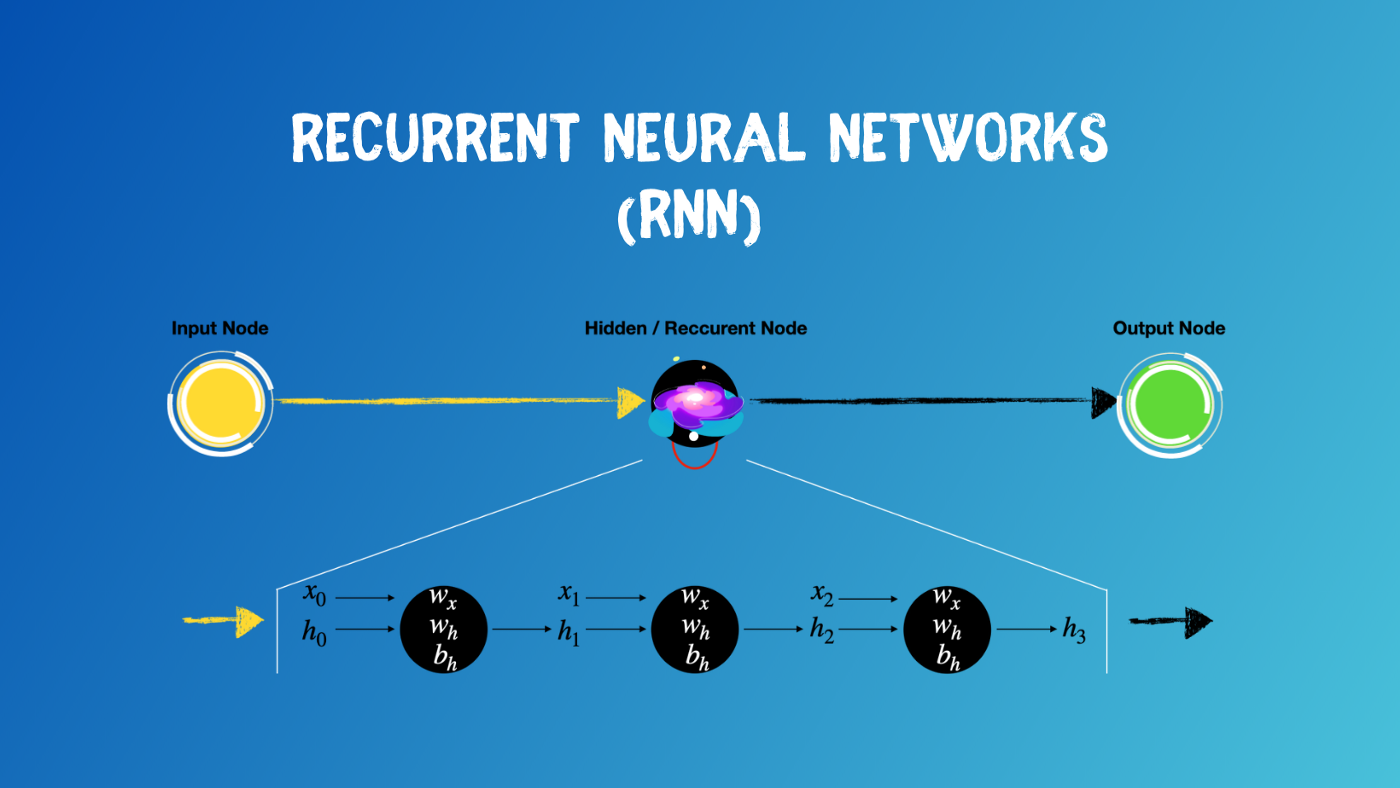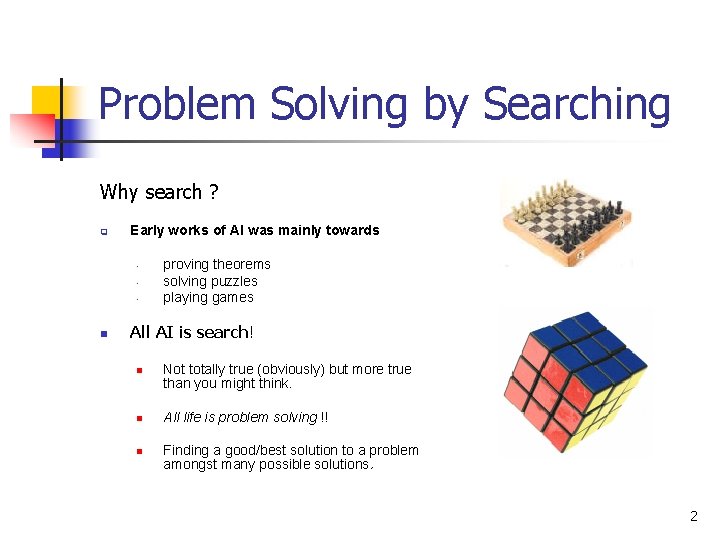
Artificial intelligence (AI) is transforming cities, industries, and government. Cities that embrace AI research will open up new avenues for industry applications and research. AI is rapidly becoming an integral part of our daily lives. Cities that embrace AI research will be at the forefront of this new innovation. Here's an overview of what AI cities might expect.
Artificial intelligence is transforming cities
Artificial intelligence (AI), a new technology, is changing cities. These technologies create new opportunities and challenges. But they also require policy changes. Cities are the engine of human success, connecting people, businesses, ideas and others in close proximity. More people are moving to densely populated urban areas.
Artificial intelligence is defined as "a computer program that functions independently from the human mind and body." This technology is used more frequently in cities to make decisions such as mortgages or insurance policies. These AIs are becoming an integral part of urban infrastructure. They can monitor mobility, health, and are even used for determining who requires quarantine in case of pandemics.
It transforms industries
With the technological advancements, AI cities are becoming a reality. AI technologies combine digitalization and knowledge-based thinking to solve problems in cities and businesses. These systems are able to help with transportation, supply chains management, disaster response, as well as improving public services. By using AI in cities, you can even make your city more efficient by improving logistics and disaster response.

AI can help companies diversify their supply chains. Supply chain disruptions can include climate change, changing labor laws, and other disruptive events. AI can be used to improve supply chain efficiency by benchmarking and identifying the supply base. It can provide useful insights that enable companies to adapt to changing market needs.
It is transforming people's lives
AI is changing the world we live in, and cities are no exception. Cities like Cincinnati can use AI to prioritize around 80,000 requests annually and to respond to public needs. AI is capable of handling large data sets, and can provide fast responses. This is a major step forward. AI is being used in cities to transform many aspects, from operations within the city to organizational decision-making.
For AI to be implemented in cities, the city administrations must work closely to local employers to plan for all the possible challenges and opportunities. They need to assess their workforce and identify the skills they need to adapt to the changing world of AI.
It transforms government
In recent years, governments around the world have begun implementing AI solutions into their daily work. These systems can be used in a variety applications, including public safety, border security, environmental monitoring and tax service. In the United States, AI solutions are already in use at the federal and state levels. AI is being used in the United Kingdom to improve delivery of government services such as the calculation of debt.
Government officials can leverage AI to provide a better customer experience by leveraging artificial intelligence. Predictive software, for instance, helps law enforcement officers to find potential crime sites or times. Traffic intelligence, identification tracks and identifies traffic incidents as well as vehicle behavior. Crowd monitoring is another application of AI for city safety. This alerts police officers when the number in a crowd exceeds certain limits. Surat saw a 27% decrease in crime due to the implementation AI.

It transforms businesses
The evolution of AI technology has transformed the way businesses work. Companies have integrated chatbots, AI technology, automation into their business processes. They are taking a holistic approach to improve customer experience and ensure business continuity. This includes bringing together all data and communication channels in one place.
AI is being used in smart cities for improving public transportation and customer satisfaction. In cities, automated buses may be used. These vehicles reduce emissions and increase their frequency. Other AI technologies assist in monitoring unauthorized parking. These technology systems can also enforce ticketing or payments.
FAQ
Where did AI originate?
Artificial intelligence began in 1950 when Alan Turing suggested a test for intelligent machines. He suggested that machines would be considered intelligent if they could fool people into believing they were speaking to another human.
The idea was later taken up by John McCarthy, who wrote an essay called "Can Machines Think?" McCarthy wrote an essay entitled "Can machines think?" in 1956. He described the problems facing AI researchers in this book and suggested possible solutions.
Is AI possible with any other technology?
Yes, but not yet. There have been many technologies developed to solve specific problems. None of these technologies can match the speed and accuracy of AI.
Are there any risks associated with AI?
You can be sure. They always will. AI is a significant threat to society, according to some experts. Others believe that AI is beneficial and necessary for improving the quality of life.
The biggest concern about AI is the potential for misuse. The potential for AI to become too powerful could result in dangerous outcomes. This includes robot overlords and autonomous weapons.
AI could take over jobs. Many fear that AI will replace humans. But others think that artificial intelligence could free up workers to focus on other aspects of their job.
Some economists even predict that automation will lead to higher productivity and lower unemployment.
What does AI look like today?
Artificial intelligence (AI), also known as machine learning and natural language processing, is a umbrella term that encompasses autonomous agents, neural network, expert systems, machine learning, and other related technologies. It's also known as smart machines.
Alan Turing was the one who wrote the first computer programs. His interest was in computers' ability to think. He suggested an artificial intelligence test in "Computing Machinery and Intelligence," his paper. The test tests whether a computer program can have a conversation with an actual human.
John McCarthy, who introduced artificial intelligence in 1956, coined the term "artificial Intelligence" in his article "Artificial Intelligence".
Many types of AI-based technologies are available today. Some are easy and simple to use while others can be more difficult to implement. They include voice recognition software, self-driving vehicles, and even speech recognition software.
There are two major types of AI: statistical and rule-based. Rule-based relies on logic to make decision. An example of this is a bank account balance. It would be calculated according to rules like: $10 minimum withdraw $5. Otherwise, deposit $1. Statistics are used to make decisions. A weather forecast might use historical data to predict the future.
Why is AI important?
According to estimates, the number of connected devices will reach trillions within 30 years. These devices include everything from cars and fridges. The combination of billions of devices and the internet makes up the Internet of Things (IoT). IoT devices will be able to communicate and share information with each other. They will also be capable of making their own decisions. A fridge might decide to order more milk based upon past consumption patterns.
It is anticipated that by 2025, there will have been 50 billion IoT device. This represents a huge opportunity for businesses. However, it also raises many concerns about security and privacy.
Statistics
- According to the company's website, more than 800 financial firms use AlphaSense, including some Fortune 500 corporations. (builtin.com)
- The company's AI team trained an image recognition model to 85 percent accuracy using billions of public Instagram photos tagged with hashtags. (builtin.com)
- While all of it is still what seems like a far way off, the future of this technology presents a Catch-22, able to solve the world's problems and likely to power all the A.I. systems on earth, but also incredibly dangerous in the wrong hands. (forbes.com)
- In 2019, AI adoption among large companies increased by 47% compared to 2018, according to the latest Artificial IntelligenceIndex report. (marsner.com)
- In the first half of 2017, the company discovered and banned 300,000 terrorist-linked accounts, 95 percent of which were found by non-human, artificially intelligent machines. (builtin.com)
External Links
How To
How to set Alexa up to speak when charging
Alexa is Amazon's virtual assistant. She can answer your questions, provide information and play music. It can even speak to you at night without you ever needing to take out your phone.
Alexa allows you to ask any question. Simply say "Alexa", followed with a question. She'll respond in real-time with spoken responses that are easy to understand. Alexa will improve and learn over time. You can ask Alexa questions and receive new answers everytime.
You can also control other connected devices like lights, thermostats, locks, cameras, and more.
You can also tell Alexa to turn off the lights, adjust the temperature, check the game score, order a pizza, or even play your favorite song.
Alexa can talk and charge while you are charging
-
Step 1. Turn on Alexa Device.
-
Open Alexa App. Tap the Menu icon (). Tap Settings.
-
Tap Advanced settings.
-
Select Speech Recognition
-
Select Yes, always listen.
-
Select Yes, only the wake word
-
Select Yes, and use the microphone.
-
Select No, do not use a mic.
-
Step 2. Set Up Your Voice Profile.
-
Add a description to your voice profile.
-
Step 3. Step 3.
After saying "Alexa", follow it up with a command.
For example: "Alexa, good morning."
Alexa will respond if she understands your question. Example: "Good morning John Smith!"
Alexa won't respond if she doesn't understand what you're asking.
Make these changes and restart your device if necessary.
Notice: If the speech recognition language is changed, the device may need to be restarted again.